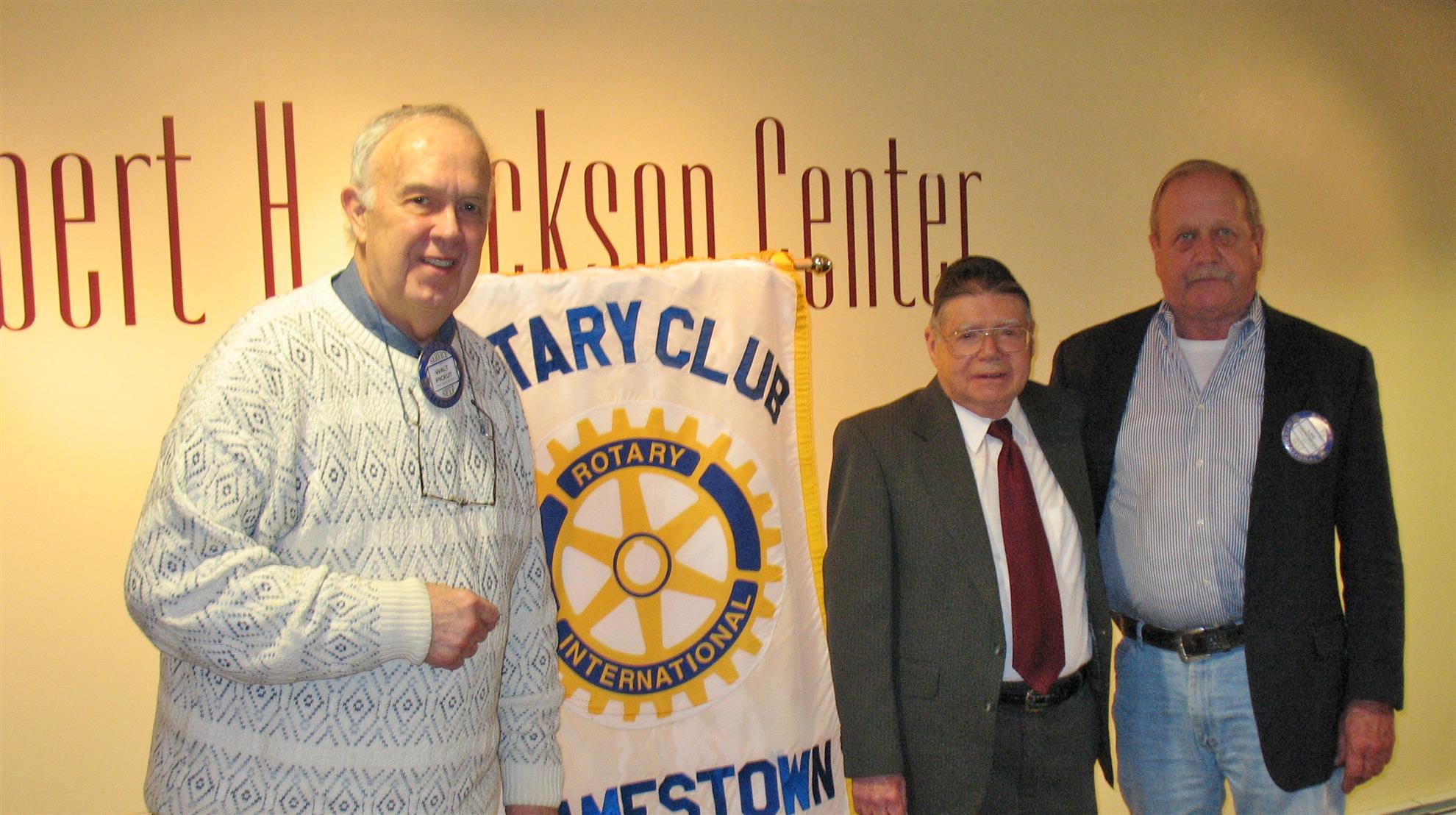Ken Springirth
Posted by Kristen Johnson
on Apr 22, 2015

Lee Harkness introduced Ken Springirth, a graduate of the Drexel Institute of Technology (now known as Drexel University) in Philadelphia. Ken is the author of 25 books on trains and trolley cars. Ken comes by his interest honestly: his father was a streetcar operator in Philadelphia and his grandfather was a streetcar operator in Washington, D.C.
Ken said that we are fast approaching the 155th anniversary of the first passenger train coming to Jamestown, which happened on August 25, 1860. And when that happened, it changed everything. It put Jamestown on the map by making it possible, for the first time, to connect with the outside world. Jamestown "took off," in Ken's words, and he went so far as to say the development of the railroads contributed more to the country's growth than any other mode of transportation because it became easier and cheaper to move goods.
On June 13, 1891, the first electric trolley car in Jamestown was put into service and Ken said it revolutionized local transportation. Suddenly, it was possible to connect Jamestown to the rest of the county, and even to Erie and Buffalo. Quality of life increased because workers no longer needed to live right next to their place of employment (often factories) and could move to the outskirts of town.
Ken said that the Broadhead family had a deep interest in creating a solid trolley system for Jamestown and invested a great deal of money into the system. In 1897, the family purchased a steam railroad line that was making no money -- the Jamestown, Chautauqua, and Erie line -- and electrified it, turning it into a linchpin of local transit.
By 1909, you could go from Oneonta to Wisconsin via trolley and train. It took 20 connections, but you could do it! As history progressed, the railroad and trolley system remained important. Ken said the country's rail system was hugely important during World War II, when the country needed to move troops and supplies cross-country quickly and easily.
Jamestown's growth was most solid around this time ... and then gradually, it gave way to the automobile. By 1970, there were only 7 trolley systems remaining in the U.S. Now, the Erie Lackawanna line has been bankrupted, but the track and line was preserved. And Ken said that fact makes our Train Station much more viable and important. Train lines will become "tomorrow's highways," Ken said, and he credited Jamestown for its leadership and vision.
From left are Walt Pickut, Ken Springirth, and Lee Harkness.